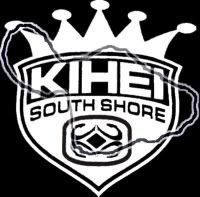
This is our awesome eel that our group found in one of the rocks!!!
AWESOME!!!!!
AWESOME!!!!!
The interital is made of up 5 different sections. The first zone is called the "Splash zone" this zone is the farthest away from the ocean and only gets the salt spray from the ocean. The second zone is called the "Upper intertidal zone" this zone is only watery at high tides. The thirs zone is the "Lower intertidal zone" this zone is exposed only at extreme low tide. The fourth zone is called the "Tide Pools" and this is where there are permanent collections of water. The last zone is the "Subtidal zone" and this zone is always covered with water. I learned many things about zones. I didnt even know what they were at first but I have learned of the many different species that may live in only certain parts of the intertidal and I learned why there are high tide and low tides. The tides play a large role in the intertidal. If there were tides that we out of control, there wouldnt be certain names for the intertidal zones because the splash zone would sometimes be hit with waves, but its not because the tides are under control. The intertidal is important because there are certain species that arent able to live in just water and there are certain species that can live on just sand and thats why its good that we have the intertidal because certain species can adapt to certain places.
Our group, along with the class went down to the fishponds at Waipulani Park and used the transect to measure a certain area from the lower intertidal to the subtidal zone. We ended up measuring 4 meters out. We then dropped the quadrant that made it easier to count because you were only focusing on a square, not the whole pond. From doing this study, we found out that there are more crabs located in the lower interitdal than In the Subtidal zone.

